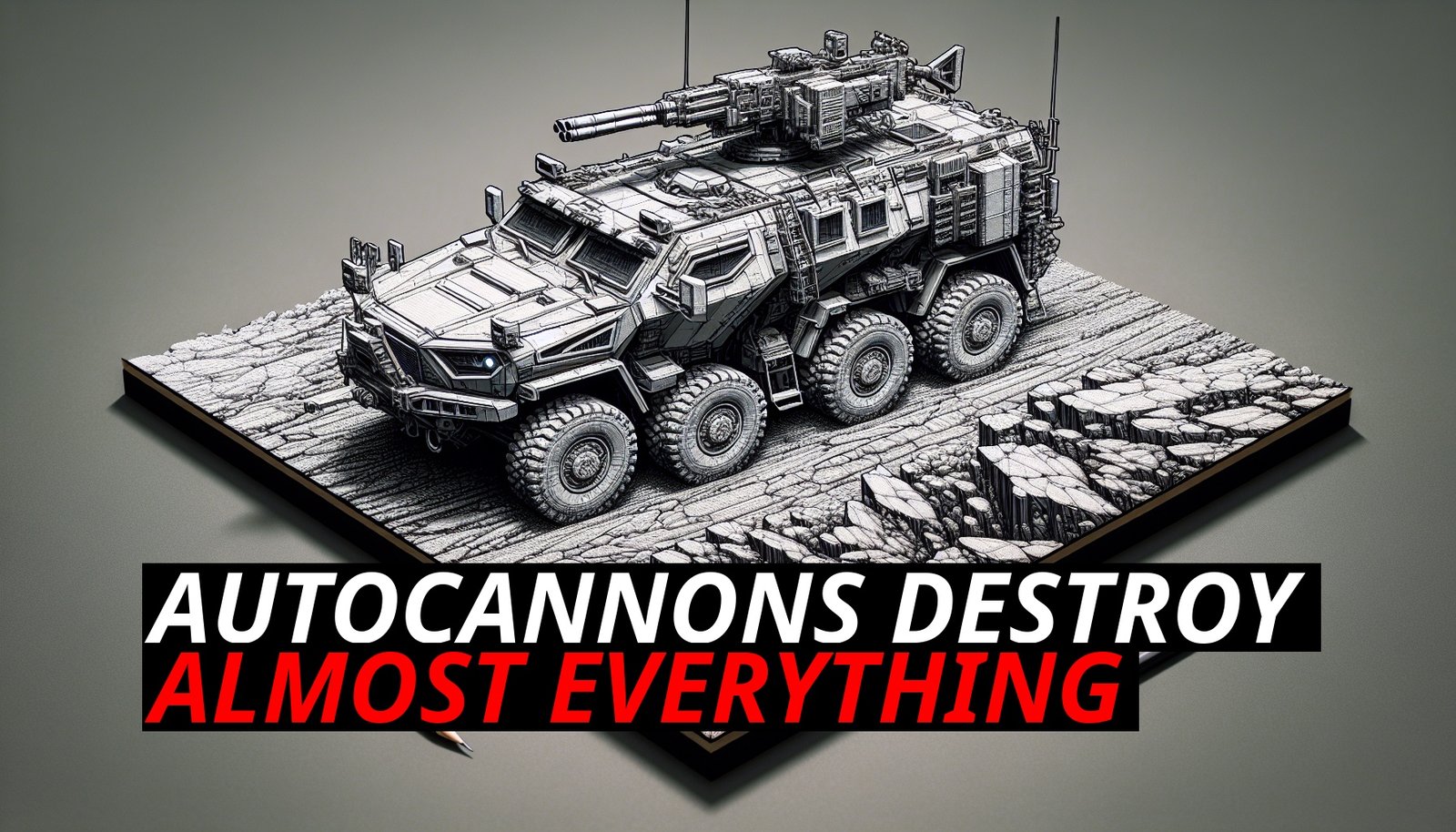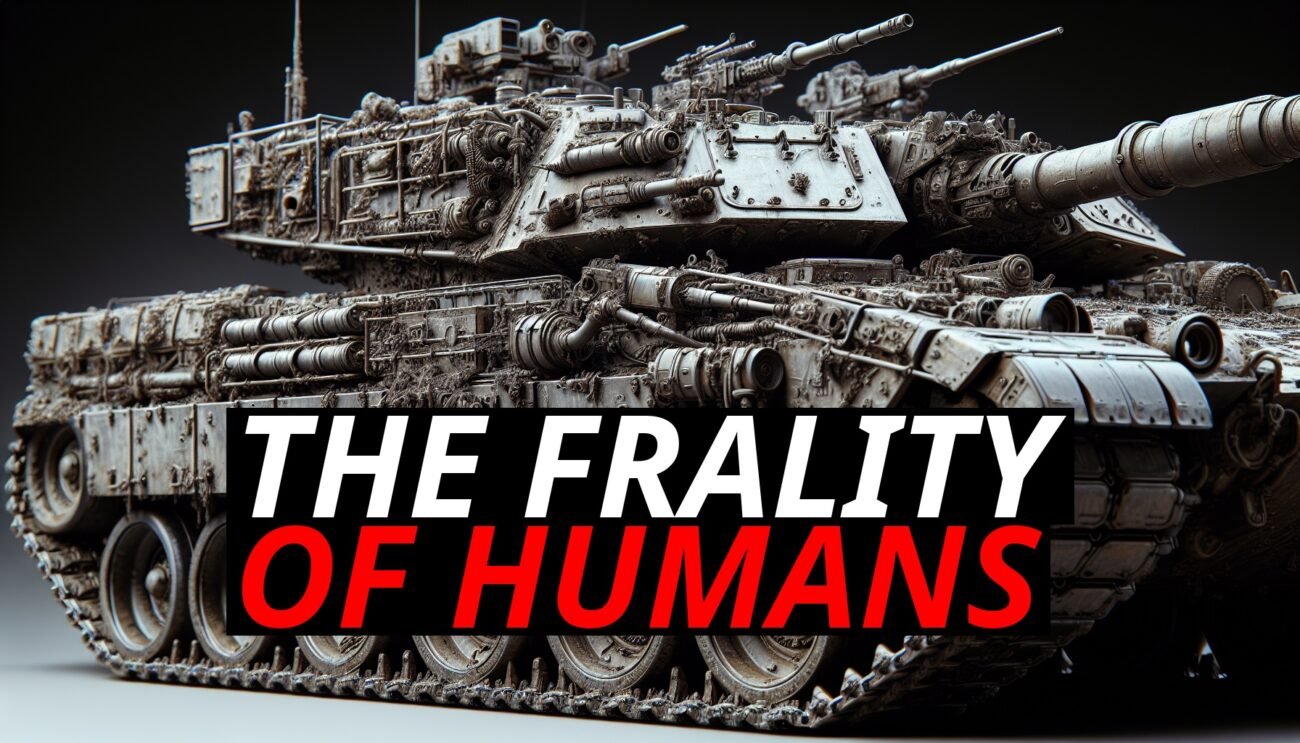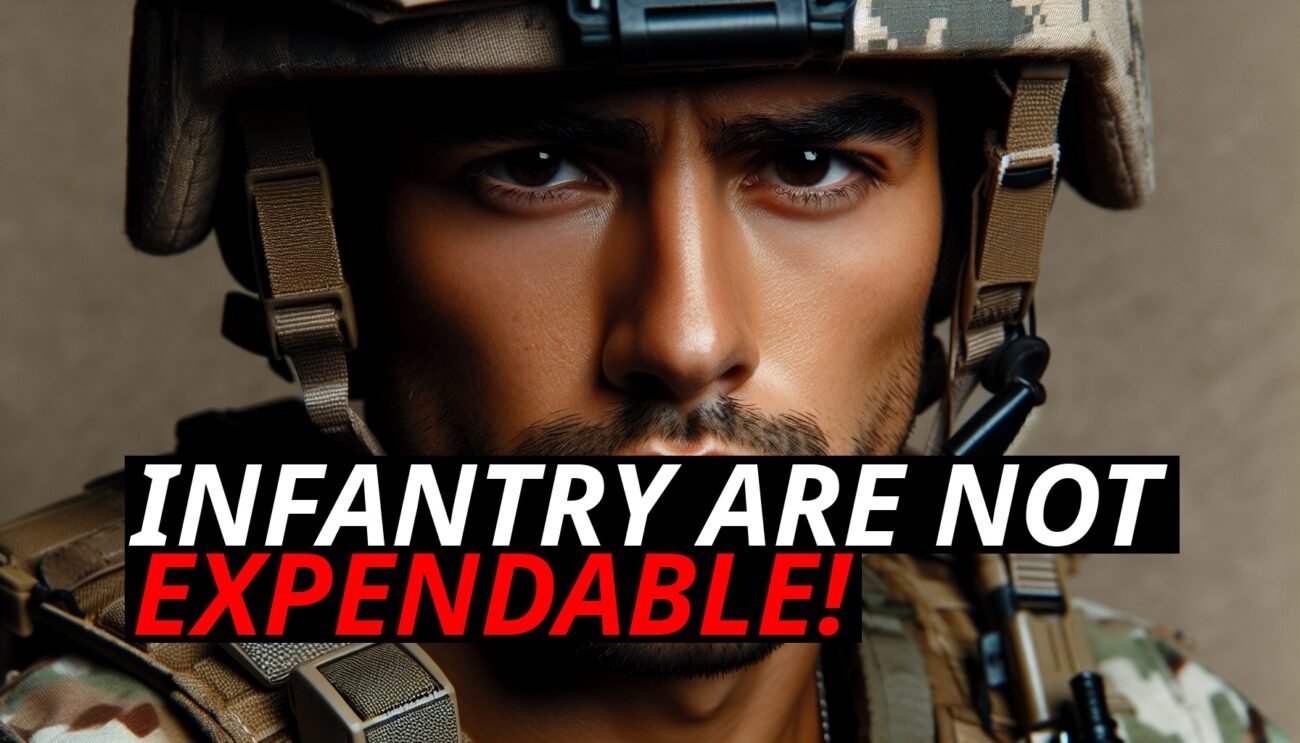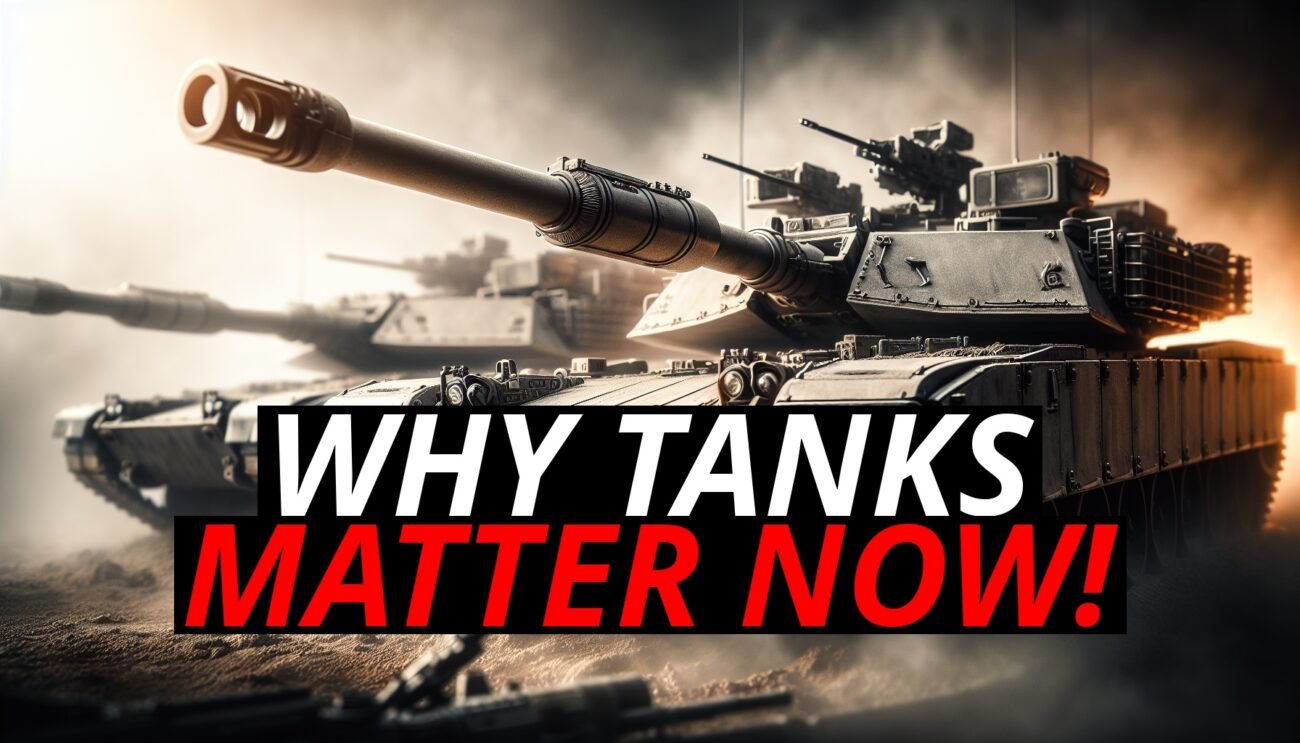Ever wondered what really happens on the battlefield? While tanks often steal the spotlight, the true distribution of military vehicles and units tells a different story. Let’s dive deep into the variety of battlefield targets and uncover why artillery, mortars, and autocannons are so effective against the majority of these targets.
🔍 Battlefield Reality: Distribution Of Vehicle Types And Units
Contrary to popular belief, heavily armored tanks are not the most common vehicles on the battlefield. Here’s a breakdown of the typical distribution:
– Infantry: By far the most numerous, infantry units are the backbone of any military force. They are essential for holding ground, engaging in close combat, and performing a wide range of operational tasks.
– Lightly Armored Vehicles: These include trucks, armored personnel carriers (APCs), and reconnaissance vehicles. They provide mobility, transport, and support but are not heavily fortified.
– Unarmored Supply Trucks: Critical for logistics, these vehicles carry supplies, ammunition, and fuel, making them vital but vulnerable targets.
– Support Units: This category includes artillery, mortar carriers, and anti-aircraft systems, often lightly armored and crucial for providing fire support and defense.
– Main Battle Tanks (MBTs): Heavily armored and armed, tanks are designed to engage other armored threats and fortifications. However, their numbers are limited due to high costs and logistical demands.
💥 The Power Of Artillery And Mortars
Artillery and mortars are key components of modern military arsenals, offering significant advantages on the battlefield:
– Long-Range Firepower: Artillery can deliver powerful shells over long distances, effectively targeting enemy positions, supply lines, and support units.
– High-Explosive Rounds: Mortars and artillery can fire high-explosive rounds, which are devastating against infantry and lightly armored vehicles. The blast radius and shrapnel can neutralize multiple targets simultaneously.
– Indirect Fire Capability: Mortars and artillery can engage targets hidden behind cover or terrain, providing support to infantry and disrupting enemy formations.
🔫 Autocannons: Versatile And Effective
Autocannons are highly effective against a wide range of battlefield targets due to their versatility and firepower:
– Rapid-Fire Capability: Autocannons can deliver a high volume of fire quickly, making them ideal for suppressing enemy infantry and disabling lightly armored vehicles.
– Precision and Adaptability: Equipped with advanced targeting systems, autocannons can precisely engage multiple types of targets, from infantry to support units.
– Mounted on Various Platforms: Autocannons can be deployed on ground vehicles, helicopters, and fixed-wing aircraft, enhancing their operational flexibility.
🛡️ The Role Of Tanks
While tanks are resistant to autocannon and mortar fire, they are not the dominant force on the battlefield:
– Armor and Firepower: Tanks are designed to withstand heavy fire and deliver powerful blows against fortified targets and other armored vehicles.
– Limited Numbers: Due to their high cost and logistical complexity, tanks are fewer in number compared to lighter vehicles and infantry. Their deployment is strategic, focusing on key areas where their firepower and protection are most needed.
📊 The Macro Perspective: Strategic Importance
Understanding the distribution of battlefield targets helps in appreciating why artillery, mortars, and autocannons are so effective:
– Majority of Targets: With infantry, lightly armored vehicles, and unarmored support trucks making up the bulk of battlefield targets, weapons that can effectively engage these units are invaluable.
– Operational Flexibility: Artillery, mortars, and autocannons provide the necessary firepower and flexibility to adapt to a wide range of combat scenarios, from suppressing enemy movements to destroying supply lines.
– Cost-Effectiveness: Compared to specialized weapons systems, these armaments are relatively inexpensive and easy to maintain, offering significant strategic advantages without breaking the bank.
🔄 Strategic Implications: Modern Military Doctrine
The effectiveness of artillery, mortars, and autocannons shapes modern military strategies in several ways:
– Support for Ground Troops: These weapons provide crucial support to infantry, enhancing their combat effectiveness and survivability.
– Disruption of Enemy Operations: By targeting supply lines, support units, and lightly armored vehicles, these weapons can significantly disrupt enemy operations and weaken their overall capabilities.
– Force Multiplication: The ability to deploy these weapons across various platforms and roles multiplies their impact on the battlefield, ensuring that military forces can respond effectively to diverse threats.
In conclusion, the true battlefield is a complex landscape where infantry, lightly armored vehicles, and unarmored support units play critical roles. Artillery, mortars, and autocannons excel in this environment, providing versatile and cost-effective firepower against the majority of targets. While tanks remain formidable, their limited numbers highlight the strategic value of these adaptable and powerful weapons. Understanding this distribution is key to appreciating the strategic importance of artillery, mortars, and autocannons in modern warfare.













